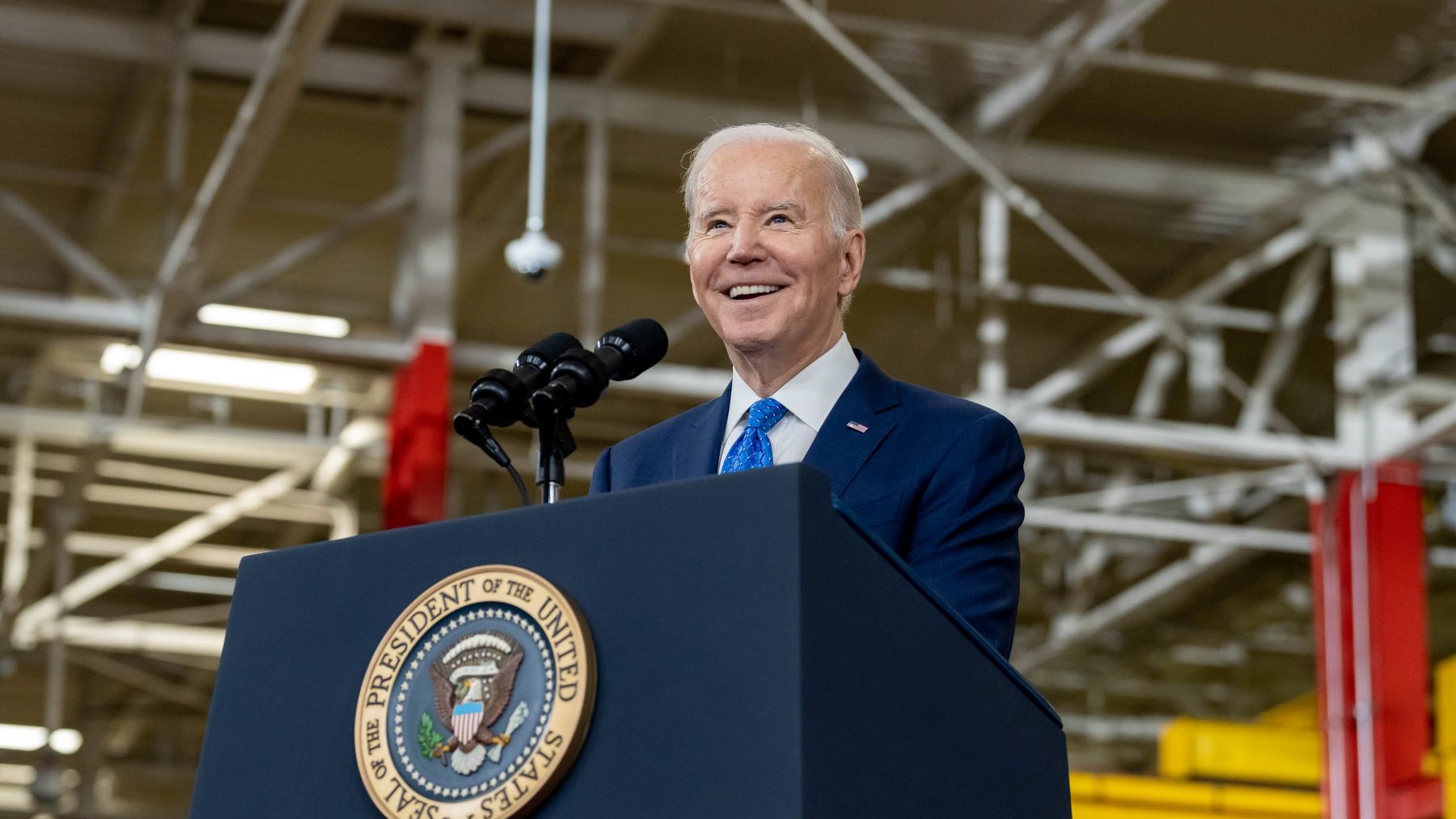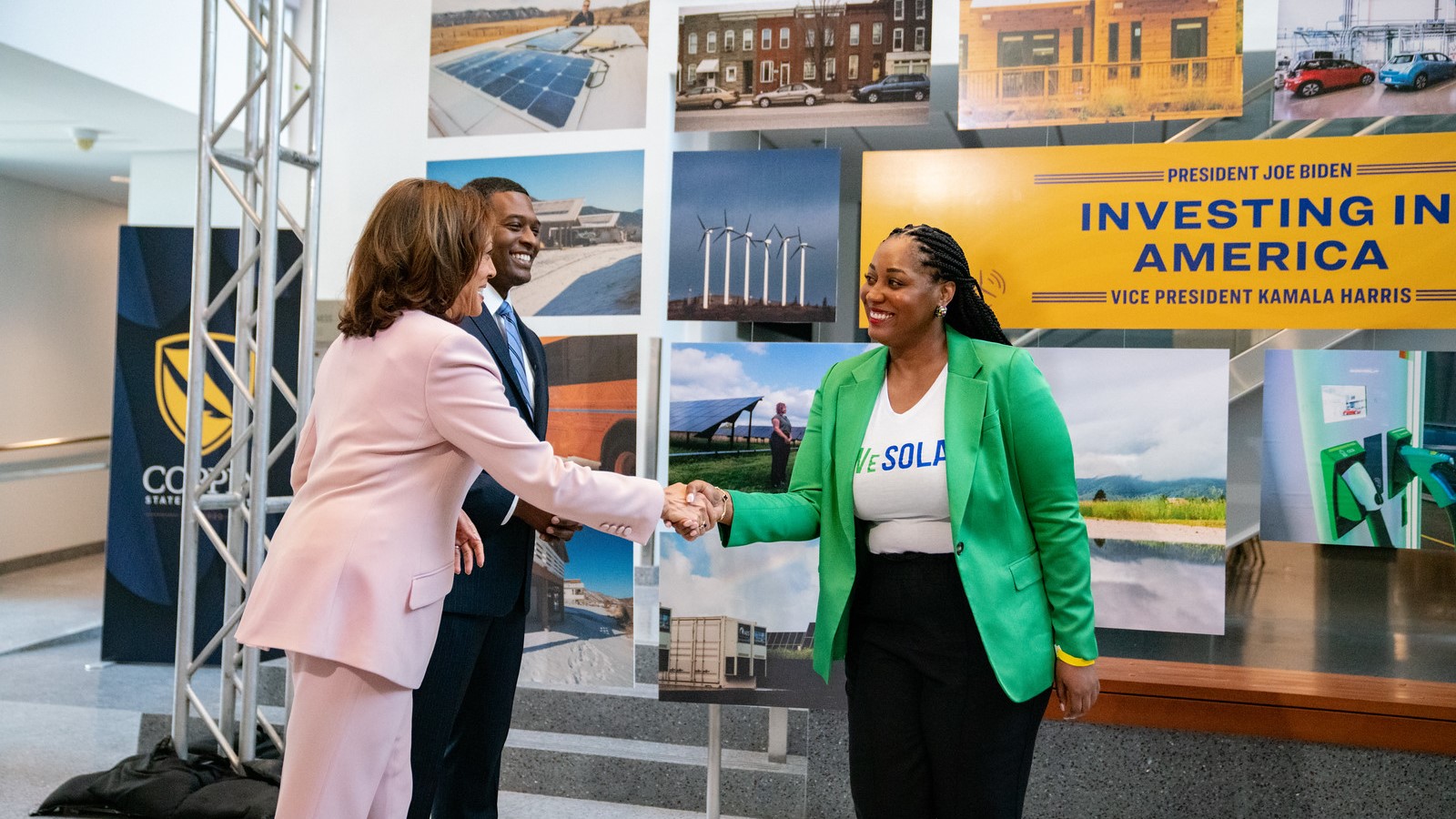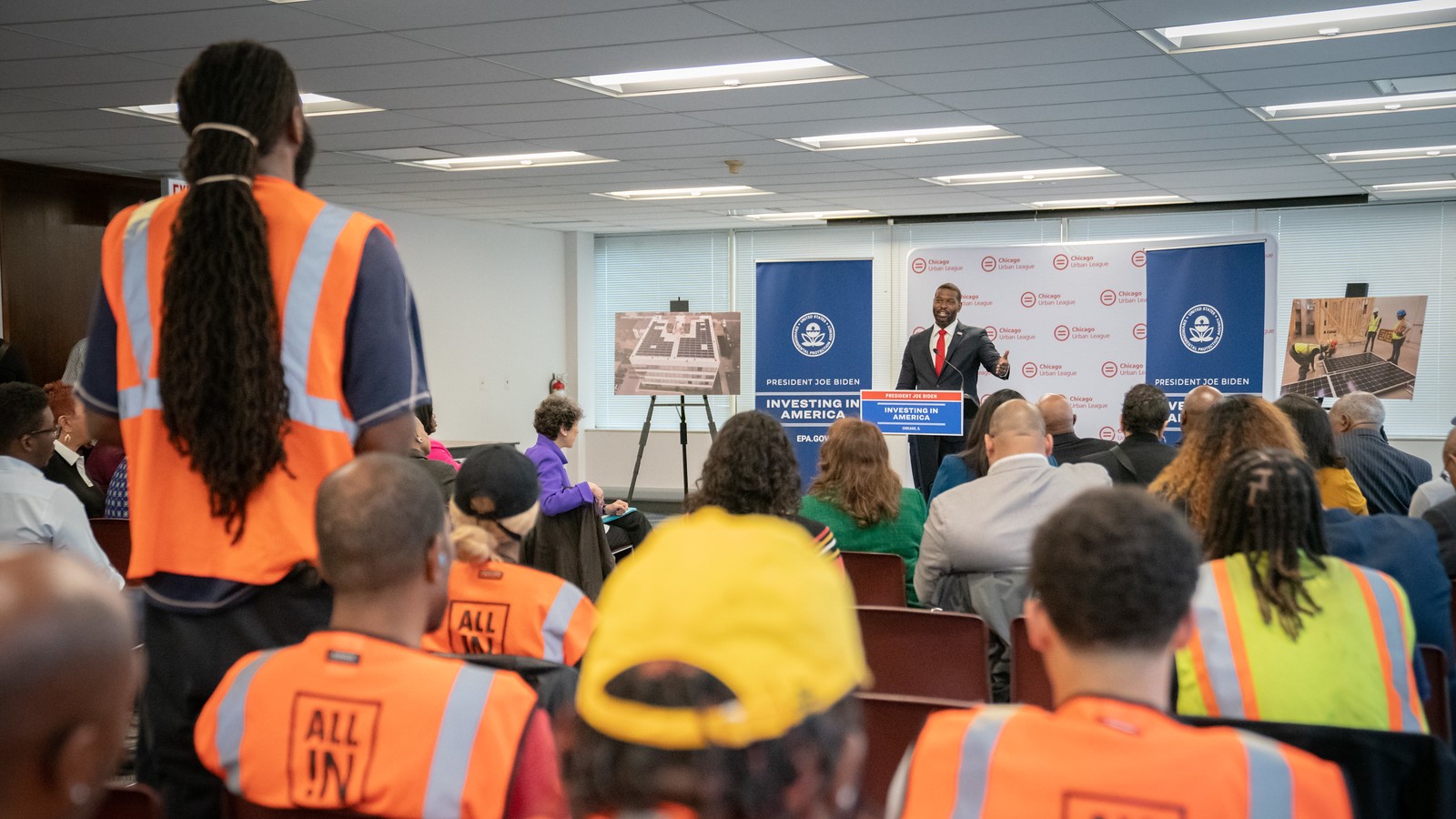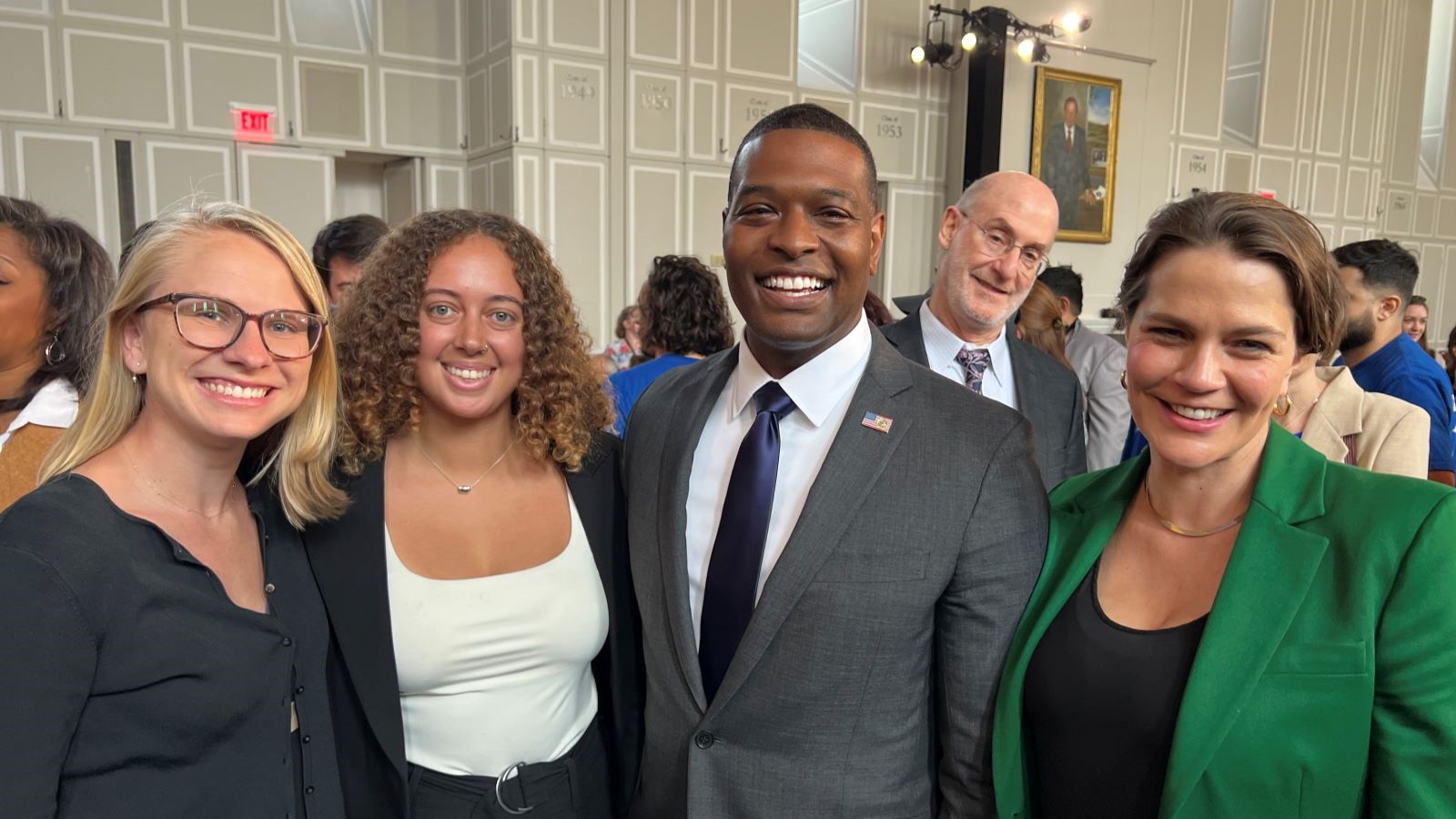One year ago today, President Biden and Congress ushered in a new era of U.S. climate progress with the passage and signing of the Inflation Reduction Act (IRA). Evergreen Action was integrally involved with the design and passage of the IRA, and is now working with a broad coalition to implement this historic bill.
The IRA makes nearly $400 billion available over the next nine years for new clean energy projects, programs to reduce emissions, and dedicated efforts to combat historic harms for pollution-burdened communities.
We have already seen businesses take advantage of these tax credits, creating 170,606 and counting jobs and reinvigorating American manufacturing. These funds are being deployed at the same time as historic rules and laws are enacted at the federal, state, and local levels. Strategically combining investments with standards can position the country to be a global leader in clean energy, and clean technology. Moreover, by ensuring that both funds and laws target and repair painful disparities by race and class in prosperity, pollution exposure, and climate risk, policymakers can ensure we have not just clean technology but a stronger polity.
Evergreen and our partners are hard at work ensuring the equitable and successful implementation of the IRA across states, Tribes, and territories, as this is a once-in-a-generation opportunity to shift the status quo.
Here’s how we have been encouraging robust, equity-centered investments through the IRA.
1. Justice40
To be durable and effective, climate action must reckon with, and repair, America’s ongoing racist and classist patterns of development. From pollution sources in communities of color to structural disinvestment in rural landscapes, regional disparities across the country have made our politics more polarized and weakened faith in democratic action. From the start, Evergreen and our partners have called for channeling investments in ways that could begin to repair these failures, building a base for climate policy that directly benefits those who are most underserved—and creating political constituencies that can support further steps forward.
We understood early on that making progress towards environmental equity and justice would require a coordinated, national strategy that considered clean energy investments and pollution reduction. California and New York provided examples of what equitable climate change and investment policy could look like, and Evergreen advocated for the Biden campaign and then the Biden administration to adopt those policies.
The Justice40 Initiative is a key first step, directing federal agencies with climate change and clean energy funding to provide 40 percent of those program benefits to disadvantaged communities. While the Justice40 Initiative was officially launched in January 2021, we worked hard to ensure that Justice40 would be applied to the IRA, as well, and that it included new investments in underserved communities.








